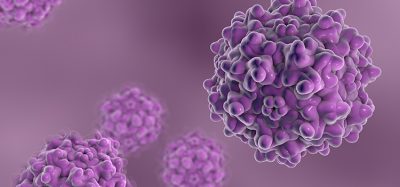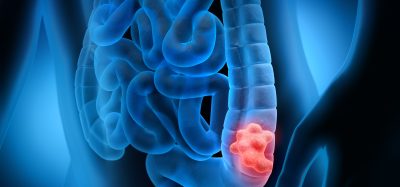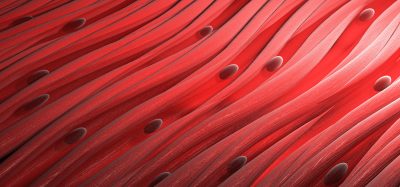Novel method for chemo capture – up to three times more effective
Posted: 11 January 2022 | Mandy Parrett (Drug Target Review) | No comments yet
A team of researchers in the US has devised a new means of removing excess chemotherapy drugs from a patient’s bloodstream, with potential for wider clinical and materials science applications.

Almost 40 percent of us could be diagnosed with cancer in our lifetime and chemotherapy remains the most common treatment option. However, the propensity for excess drugs to circulate in other areas of the body causes numerous side effects such as anaemia, infections and hair loss, to name a few. Thus far, attempts to remove unwanted chemotherapeutic drugs, particularly the widely used doxorubicin (DOX), have been ineffective, with strategies employing electrically charged nanoparticles to bind DOX losing effectiveness when exposed to charged molecules in the blood.
However, a collaborative team effort, which includes scientists from The Pennsylvania State University and the Terasaki Institute for Biomedical Innovation (TIBI) in the US, has devised a promising strategy to combat the problem.
The method is based on hairy cellulose nanocrystals — nanoparticles developed from the main component of plant cell walls and engineered to have immense numbers of polymer chain “hairs” extending from each end. These hairs increase the potential drug capture capacity of the nanocrystals significantly – beyond that of conventional nanoparticles and other materials.
The hairy cellulose nanocrystals are made from chemically treated cellulose fibres found in softwood pulp, which are imparted with a negative charge on the hairs, making them stable against the charged molecules found in blood. This corrects the problems found with conventional nanoparticles, whose charge can be rendered inert or reduced when exposed to blood, limiting the number of positively charged drug molecules it can bind to in insignificant numbers.
The scientists tested the nanocrystals’ binding efficacy in human serum, and found that every gram of hairy cellulose nanocrystals effectively removed six grams of DOX quickly and without any harmful effects on red blood cells. This represents an increase in DOX capture of two to three orders of magnitude compared to other methods currently available.
Such a powerful means of drug capture within the body can have a great impact on cancer treatment regimens, as doses can be elevated to more effective levels without the worry of detrimental side effects.
Principal investigator, Amir Sheikhi, Assistant Professor of chemical engineering and biomedical engineering at Penn State, explained: “For some organs, like the liver, chemotherapy can be locally administered through catheters. If we could place a device based on the nanocrystals to capture the excess drugs exiting the liver’s inferior vena cava, a major blood vessel, clinicians could potentially administer higher doses of chemotherapy to kill the cancer more quickly without worry about damaging healthy cells. Once the treatment is finished, the device could be removed.”
In addition to removing excess chemotherapeutic drugs from the body, the hairy cellulose nanocrystals could also target other undesirable substances such as toxins and addictive drugs for removal from the body, and experiments have also demonstrated the nanocrystals’ effectiveness in other separation applications, such as in the retrieval of valuable elements from electronic waste.
“What began as a relatively simple concept has evolved into a highly effective means of materials separation,” said Ali Khademhosseini, Director and CEO at the Terasaki Institute for Biomedical Innovation. “This creates the potential for wide-ranging and impactful biomedical and materials science applications.”
This work was supported by the National Institutes of Health (1R01EB024403-01) and was described in Materials Today Chemistry.
Related topics
Drug Development, Molecular Targets, Oncology, Research & Development, Therapeutics
Related conditions
Chemotherapy side effects
Related organisations
Terasaki Institute for Biomedical Innovation, The Pennsylvania State University







